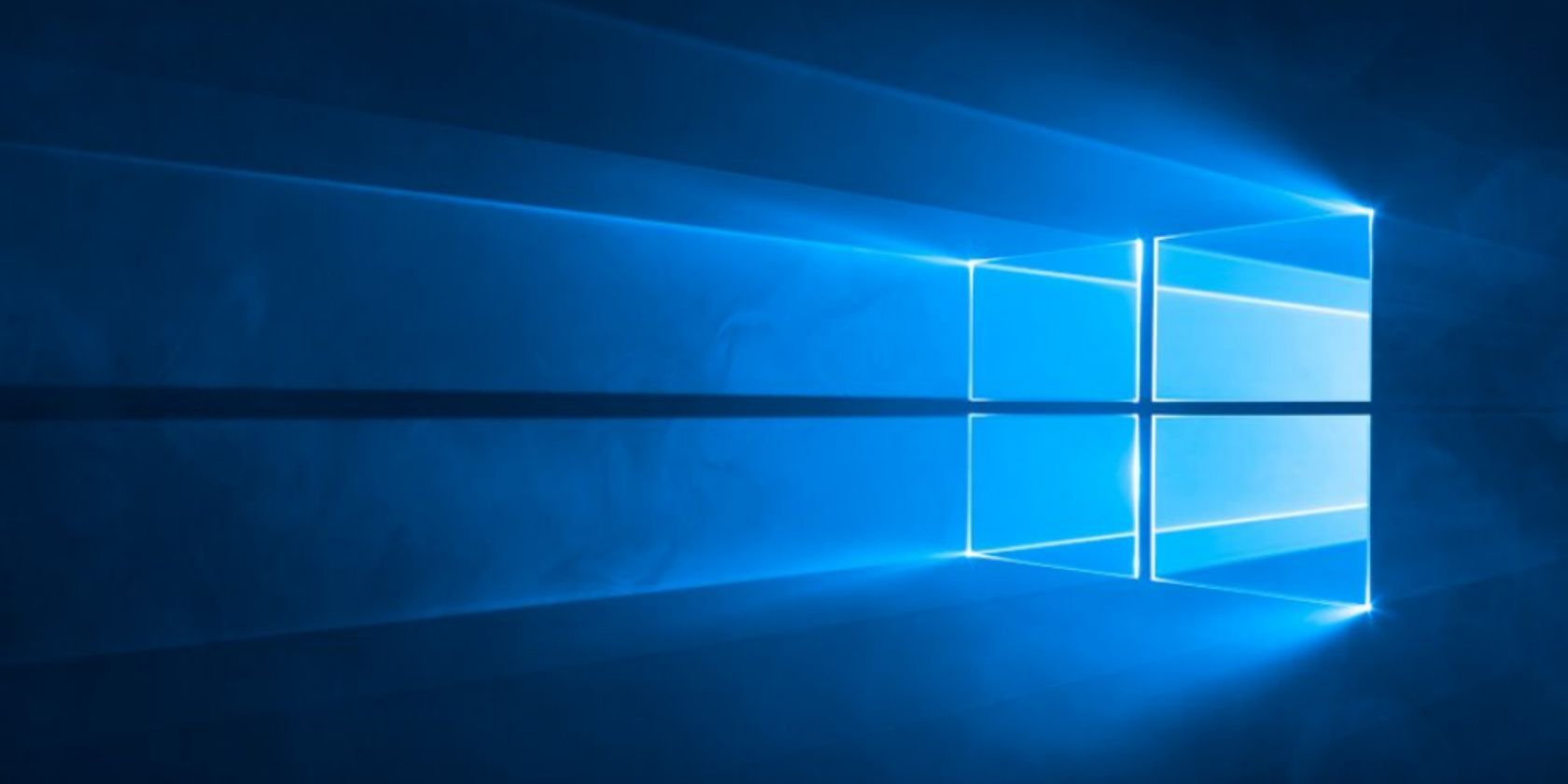The Continuum feature in Windows 10 is one of the more compelling reasons to make the upgrade if you haven't already. It makes the user experience much smoother and can even boost your productivity for certain tasks.
Not sure what Continuum is? Check out our introduction to Continuum on Windows 10. In short, it's the contextual transition between Desktop and Tablet modes on mobile devices (such as when you plug in a keyboard).
The thing about Continuum is that it doesn't support ALL of the keyboard shortcuts that are on the PC version of Windows 10. Some of them do work though. Here are the ones you can use:
- Win Key: Toggles the Start screen.
- Win + A: Open the Action Center.
- Win + C: Open Cortana (listen mode).
- Win + E: Open the File Explorer.
- Win + I: Open Settings.
- Win + K: Open Connect.
- Win + L: Lock the handset.
- Win + O: Lock the device orientation.
- Win + P: Open Display.
- Win + S: Open Cortana (search mode).
- Win + U: Open Ease of Access Center.
- Win + Tab: Open the Task View.
- Win + Backspace: Go back.
- Win + Space: Change input language or keyboard layout.
- Win + Print Screen: Take a screenshot.
Do you use Continuum on Windows 10? How do you like it? Are there any quirks that bug you? Tell us about it in the comments below.

